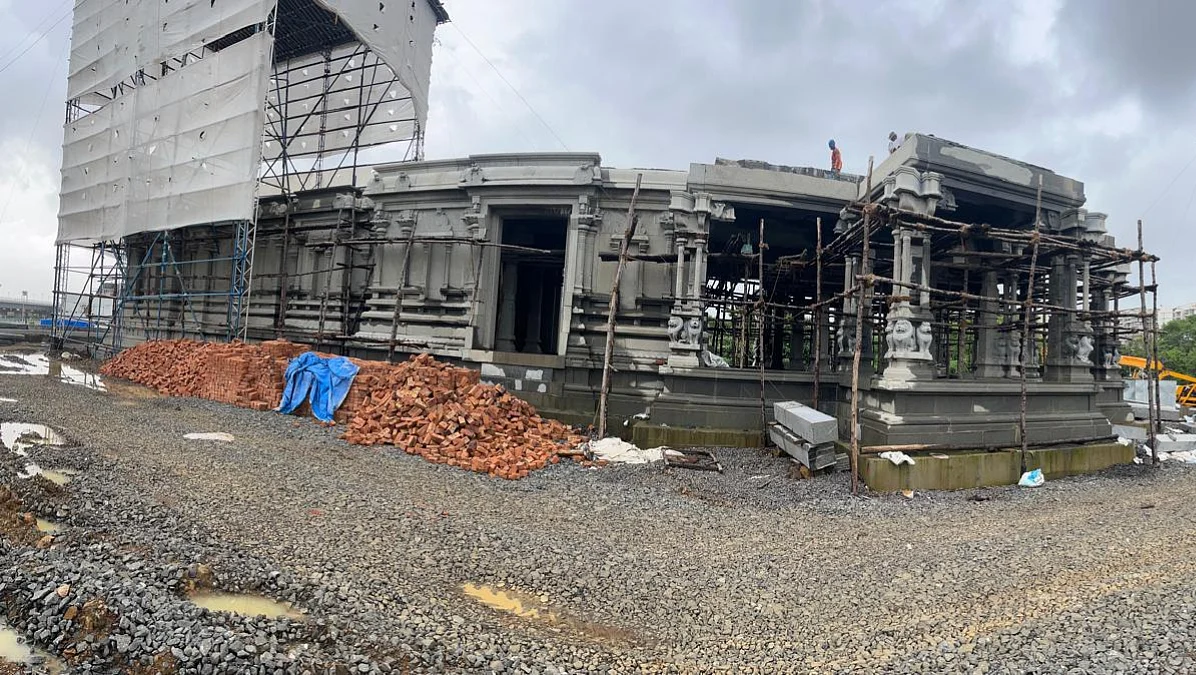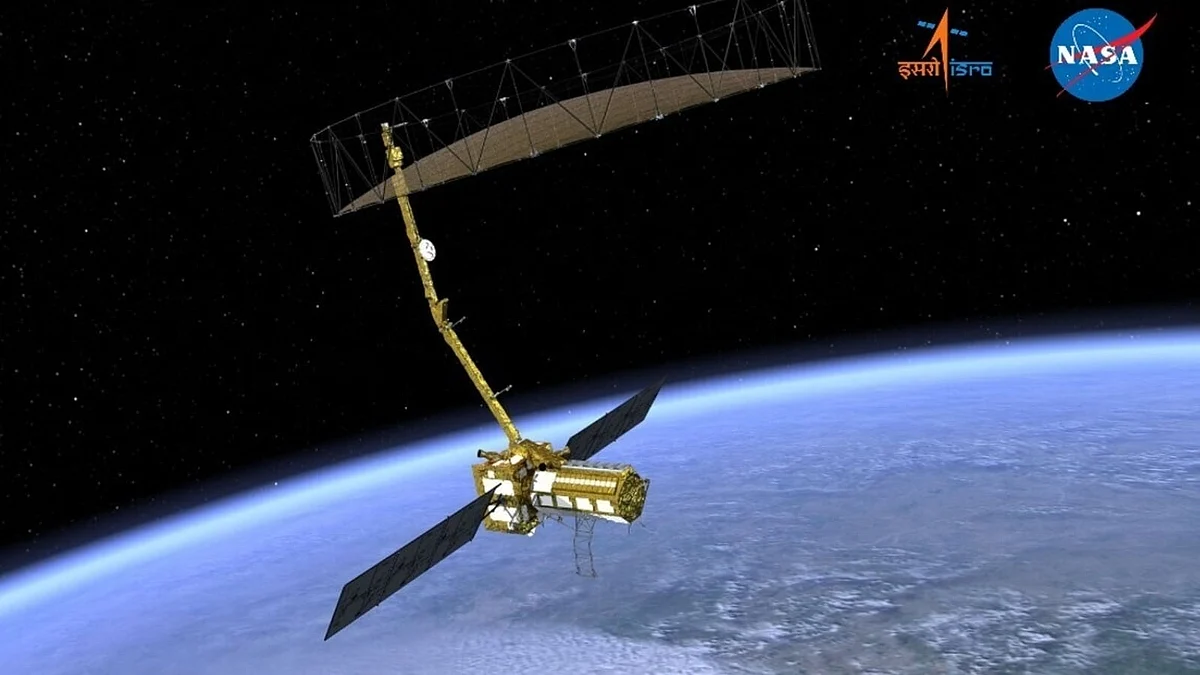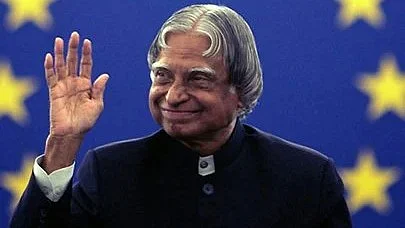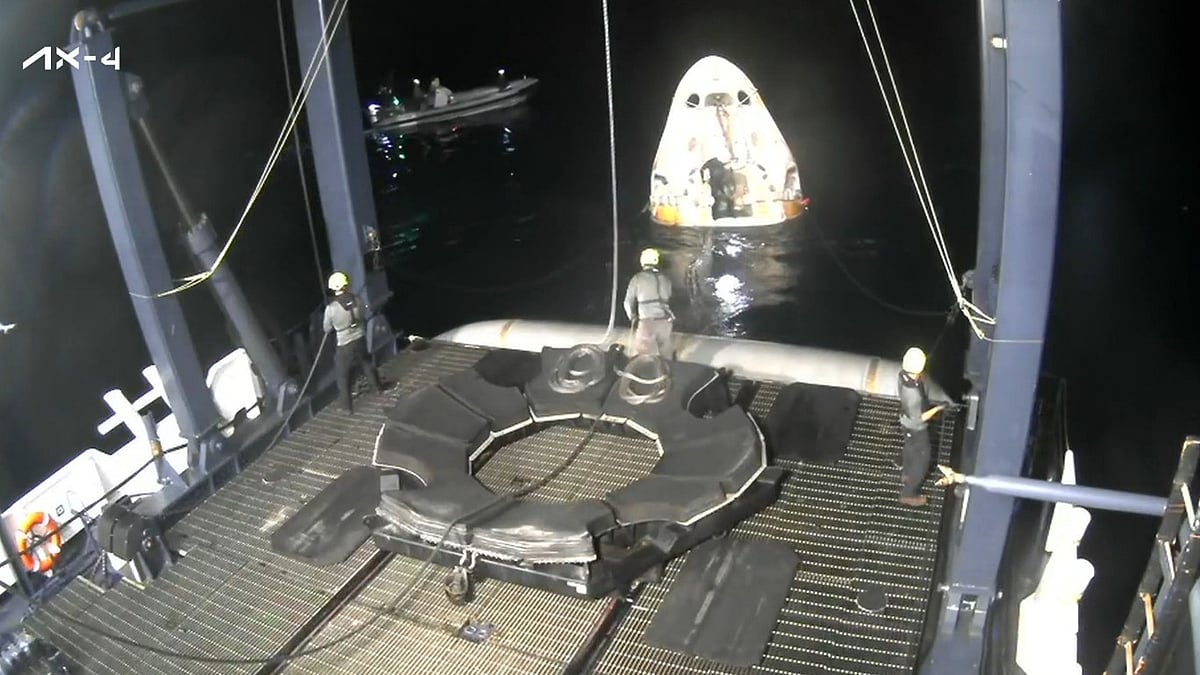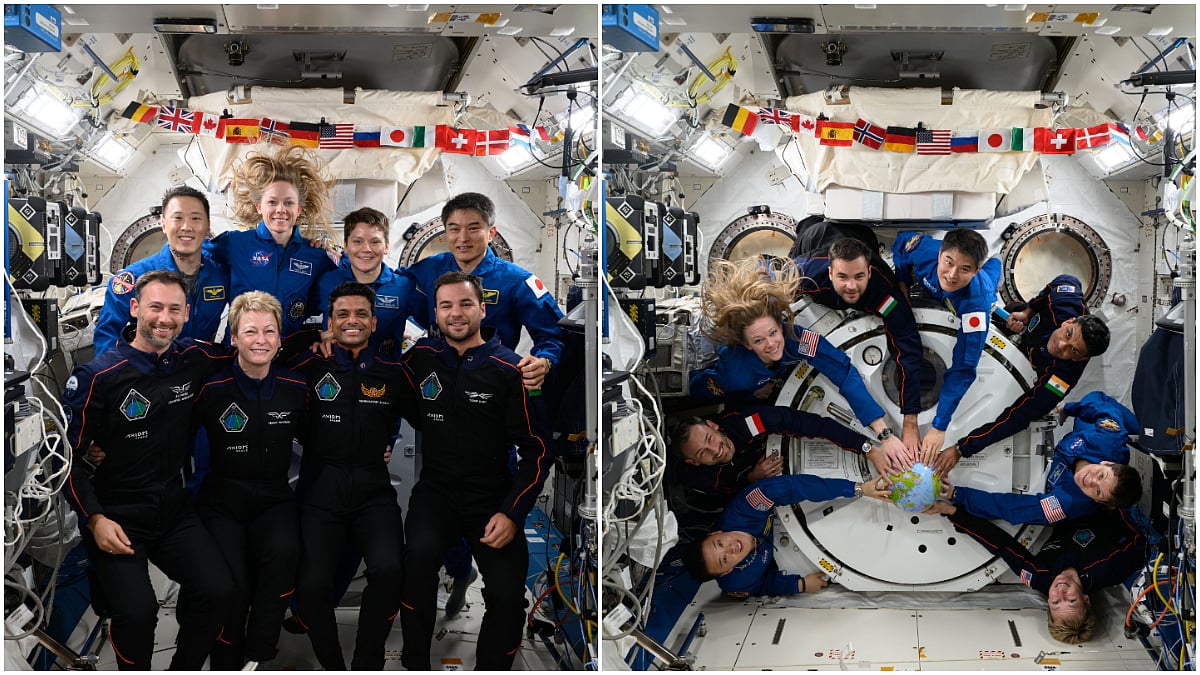Vikram Ambalal Sarabhai, who was popularly known as Vikram Sarabhai, was an Indian physicist and astronomer who was born in Gujarat on August 12, 1919. His significant contributions shaped the scientific landscape, especially in space exploration. Sarabhai was not just a visionary in science but also in other fields, including space, education, the pharmaceutical industry, and more.
Sarabhai, who initiated space research, founded the INCOSPAR, which later converted into Indian Space Research Organisation. Vikram Sarabhai was born to Ambalal Sarabhai (a major industrialist), who contributed to the Indian independence movement, and Mrinalini (a classical dancer), who died on 1971 December 30, at the age of 52 due to cardiac arrest in Kovalam. His body was cremated in Ahmedabad. Learn some interesting facts about the legendary figure who is popularly known as the Father of India's Space Program in the detail mentioned below.
Early Life and Education
Vikram Sarabhai was born into a wealthy family of progressive industrialists, and he was one of the eight children of Ambalal and Sarla Devi in Gujarat's capital, Ahmedabad. From a young age, Sarabhai developed a deep interest in mathematics, science and space. When the Indian poet and writer Rabindranath Tagore visited Sarabhai's home, upon seeing Sarabhai's large skull, he remarked that Sarabhai would accomplish something significant in his life.
Dr Sarabhai enjoyed a privileged childhood as he was among the few students who got a chance to pursue all the education he wanted. His early education took place at Retreat, a private school run by his parents. Sarabhai went to England to pursue his higher education. After that, he was enrolled at St John's College, University of Cambridge, from where he received the Tripos in Natural Sciences in 1940.

Vikram Sarabhai |
Vikram Sarabhai returned to India
Sarabhai's vision was always very clear. As he returned to India after World War 1 broke out, he joined the Indian Institute of Science in Bengaluru as a research scholar under the guidance of Nobel Prize winner and one of the most celebrated scientists of all time, Dr CV Raman.
He conducted research and published his first scientific paper, ' Time Distribution of Cosmic Rays', in 1942 on Cosmic ray investigations in tropical latitudes completed his PHD by 1947, when India got the Independence. His curiosity and interest in solar physics and cosmic rays led him to establish The Physical Research Laboratory (PRL) in Ahmedabad on November 11, 1947, which acted as the Retreat for his research on cosmic rays. At that time, Sarabhai was 28 years old.
It is one of the significant research laboratories, which is a unit of the Department of Space, Government of India, which conducts deep research in areas including physics, astronomy, solar physics, atmospheric science, space, astrophysics, planetary, and geosciences.
Sputnik's launch led ISRO establishment
When America's space agency NASA was preparing for a moon mission and on the other side the USSR (now Russia) launched Sputnik-I in 1957, this inspired Sarabhai, and he pleaded with the Indian government to have its own Space Agency to convince the government of the importance of a space program for India. His efforts and dedication led to the establishment of the Indian Committee for Space Research (INCOSPAR) in 1962, which later became the Indian Space Research Organisation (ISRO). With the help of Dr Homi Jehangir Bhabha, Sarabhai set up India's first rocket launching station at Thumba near Thiruvananthapuram in 1963.

ISRO | Rediff
Vikram Sarabhai's contributions in space and science
Vikram Sarabhai was a visionary who always worked for societal development so that our nation could be developed. He always believed that science plays a crucial role in the nation's development. His dream comes true when Television was introduced in India for the first time on September 15, 1959 in Delhi.
To connect villagers to urban cities and to the world, Vikram Sarabhai started a dialogue with NASA that led to the foundation of the Satellite Instructional Television Experiment (SITE). The idea behind SITE was to use NASA's direct broadcasting satellite and made-in-India hardware to beam TV programs to remote Indian villagers.

Vikram Sarabhai and Dr APJ Abdul Kalam |
Dr APJ Abdul kalam who always admired Sarabhai for his visions, once said, "Vikram Sarabhai was my guru. I worked with him for 7 years. You ask what is his unique quality? He was a visionary, which means that in the 1970s, there was no operational communication satellite. He said India should have a launch vehicle to launch its communication satellite the people will be connected. All our villagers will be connected. India will connect elsewhere, and his dream will be realized. Dr Kalam also said that Sarabhai had the ability to see the future, and he always worked for human civilization.
Contribution behind India's first satellite Aryabhata
In the early 1970s, Vikram Sarabhai appointed a team of scientists and engineers to develop a satellite. He was the mastermind behind India's first satellite, Aryabhata, which became a landmark moment in the nation's history after it was launched into space on April 19, 1975, with the help of a Soviet Kosmos-3M rocket.

India's first satellite Aryabhata | Wikipedia
Other contributions and awards
In addition to his work in the field of space and technology, Sarabhai was dedicated to science education. In 1966, he founded the Community Science Centre in Ahmedabad, which is now known as the Vikram Sarabhai Community Science Centre and Indian Institute of Management, Ahmedabad. He received numerous accolades such as India's third-highest civilian award, Padma Bhushan in 1966. In 1972, he was honoured posthumously with Padma Vibhushan-- India's second-highest civilian award.

Sarabhai crater | Wikipedia
Vikram Sarabhai Legacy
After two years of his death, the International Astronomical Union made a decision to rename the lunar crater Bessel A in the Sea of Serenity as the Sarabhai crater. Dr Sarabhai initiated a project that resulted in the creation of India's inaugural artificial satellite circling Earth.
Aryabhata was the inaugural Indian satellite launched in July 1976, four years following Dr Sarabhai's passing, aboard a Russian rocket at Kapustin Yar. It was called in honour of an Indian astronomer and mathematician. The lander for India's moon mission Chandrayaan-2, scheduled to land near the moon's South Pole on September 20, 2019, was named Vikram in tribute to him.



